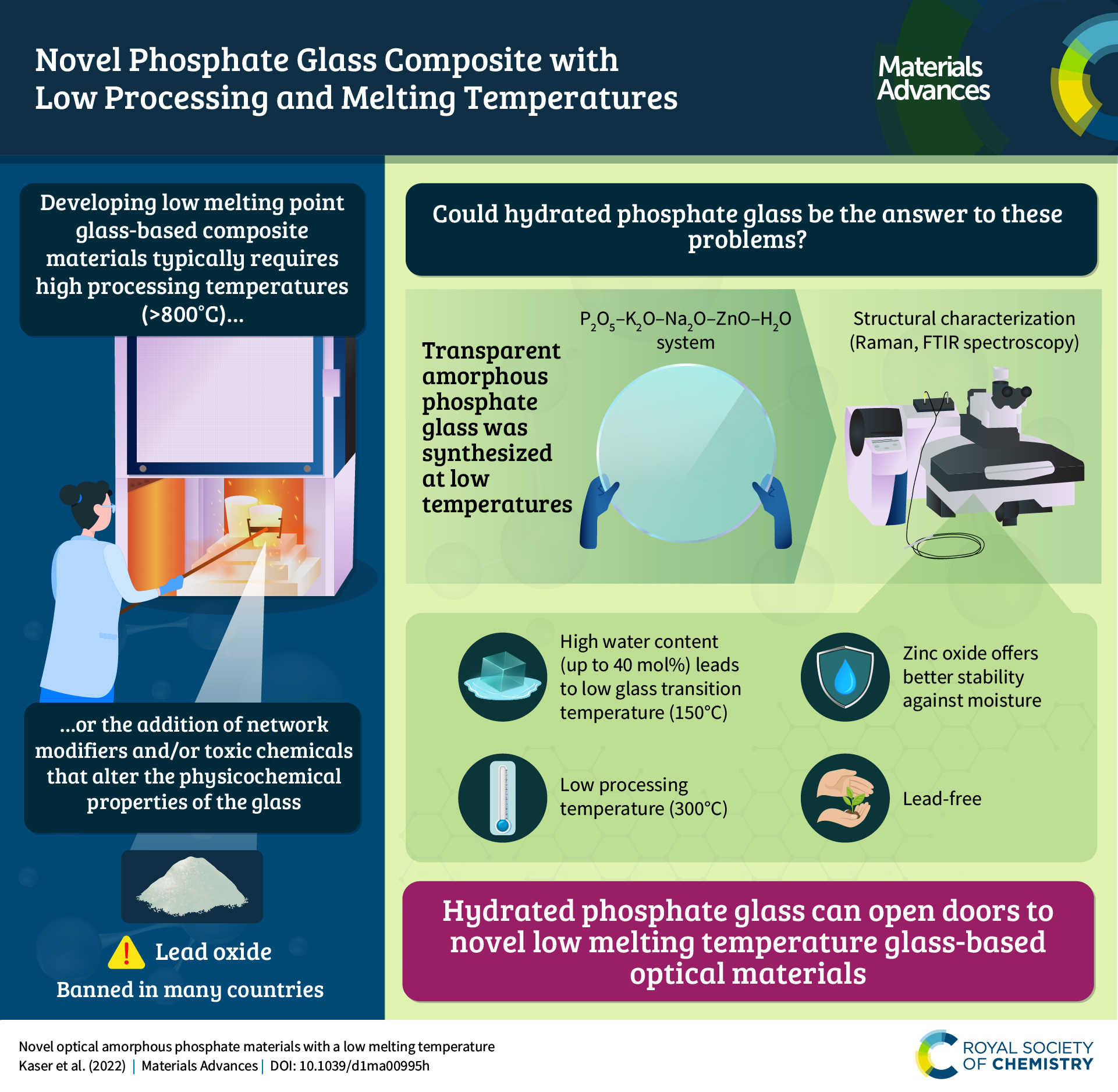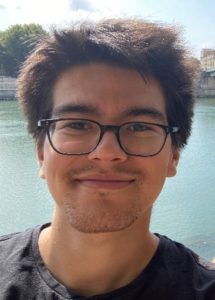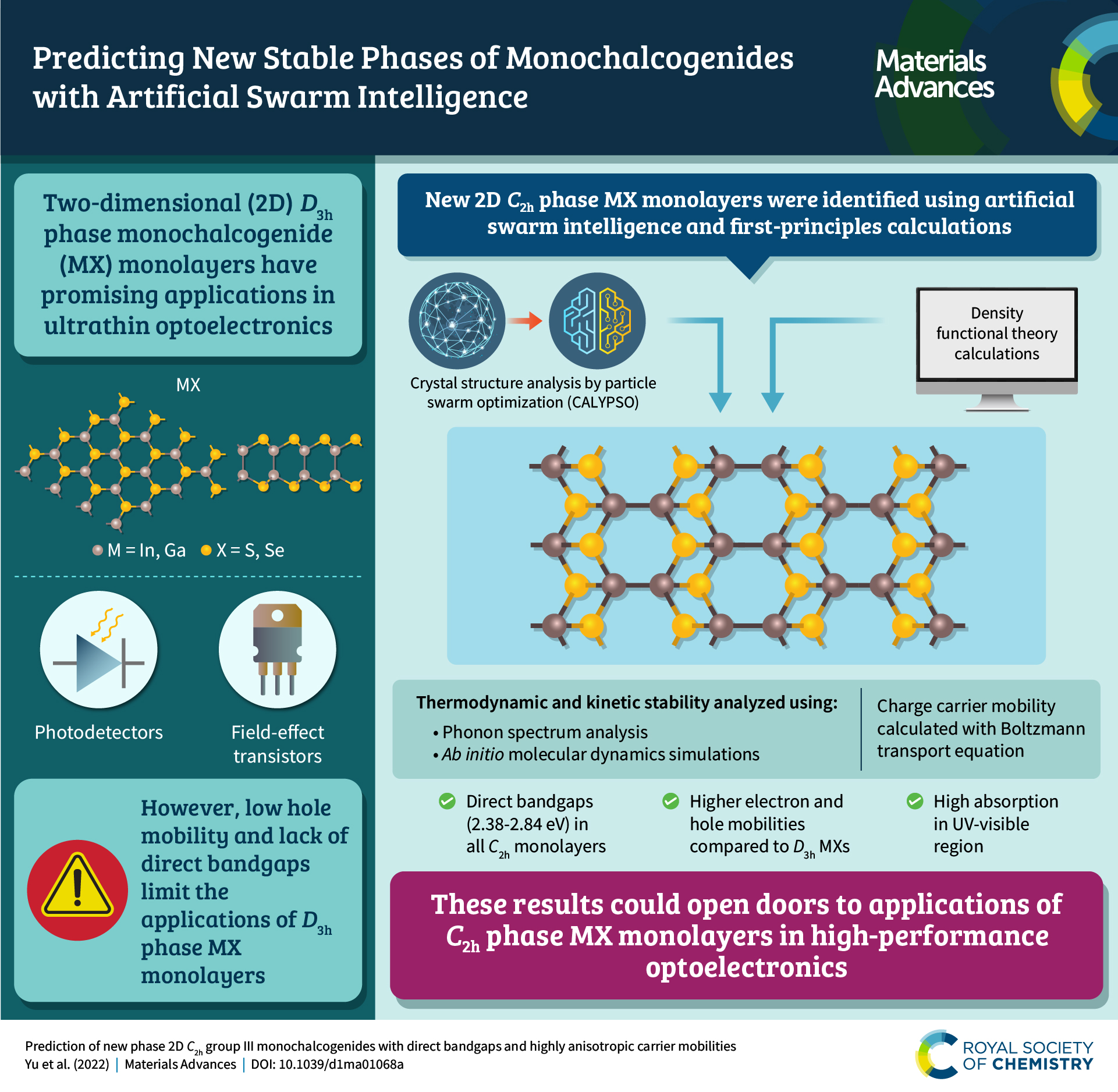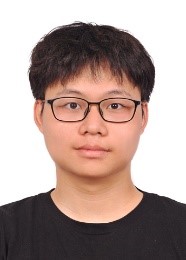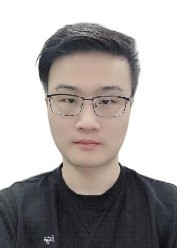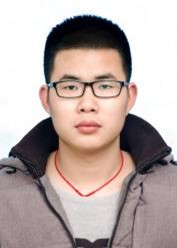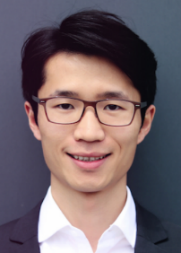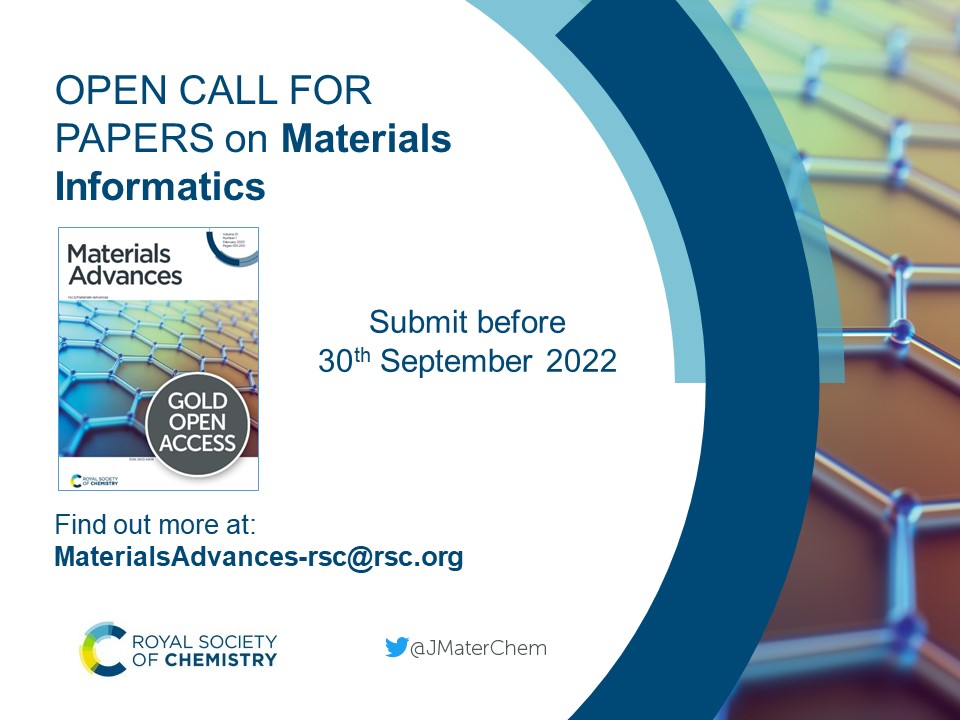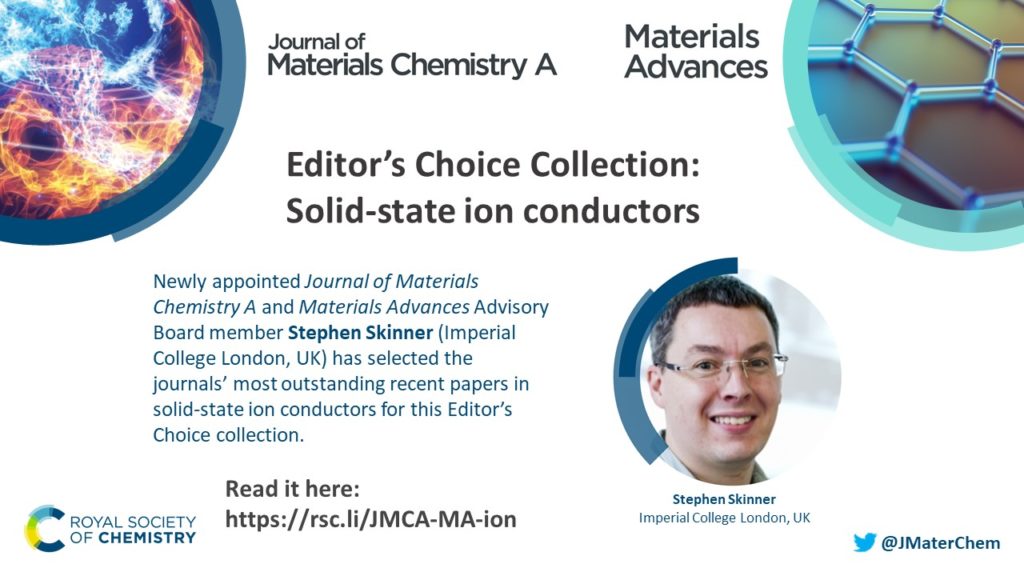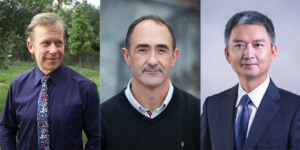Journal of Materials Chemistry A and Materials Advances are delighted to welcome Professor Dan Li from Jinan University in China to the Editorial Boards as a new Associate Editor.
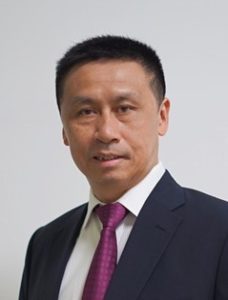
Dan Li is currently a Professor and the Dean of College of Chemistry and Materials Science, Jinan University, and the Director of Guangdong Provincial Key Laboratory of Functional Supramolecular Coordination Materials and Applications. He received his BSc. from Sun Yat-Sen University in 1984 and then worked at Shantou University. He pursued his PhD at The University of Hong Kong with Professor Chi-Ming Che during 1988–1993. Then he returned to Shantou University and became Professor in 2001. He moved to Jinan University in Guangzhou in 2016.
His research interests focus on the design and fabrication of supramolecular coordination assemblies and their functions based on photoluminescence, porosity and chirality. He has co-authored more than 260 papers in peer-reviewed journals, including Nature, J. Am. Chem. Soc, Angew. Chem. Int. Ed. and Chem. Sci. He was a recipient of the National Science Fund for Distinguished Young Scholars of China in 2008, Fellow of The Royal Society of Chemistry (FRSC) in 2014, Ding Ying Science & Technology Award in 2019 and Guohua Outstanding Scholar of Jinan University in 2022.
Check out some of Dan Li’s publications in Royal Society of Chemistry journals:
Strong visible light-absorbing BODIPY-based Cu(i) cyclic trinuclear sensitizer for photocatalysis
Ri-Qin Xia, Ji Zheng, Rong-Jia Wei, Jiaxing He, Dong-Qin Ye, Ming-De Li, Guo-Hong Ning and Dan Li
Inorg. Chem. Front., 2022, Advance Article
Cr2O72− inside Zr/Hf-based metal–organic frameworks: highly sensitive and selective detection and crystallographic evidence
Kun Wu, Ji Zheng, Yong-Liang Huang, Dong Luo, Yan Yan Li, Weigang Lu and Dan Li
J. Mater. Chem. C, 2020, 8, 16974-16983
Fine-tuning metal–organic framework performances by spatially-differentiated postsynthetic modification
Hai-Feng Zhang, Mian Li, Xue-Zhi Wang, Dong Luo, Yi-Fang Zhao, Xiao-Ping Zhou and Dan Li
J. Mater. Chem. A, 2018, 6, 4260-4265
Read our interview to find out more about Dan:
1. What attracted you to pursue a career in materials science and how did you get to where you are now?
Our society needs new materials. I have been studying Chemistry for many years. One of the most challenging tasks for Chemists is to create new molecules as candidates for materials application. I enjoy the discovery of new materials from understanding, designing and manipulating molecules. I am still somewhere in my career in materials science and I do not feel like I’ve “arrived”. Maybe the forever challenging is the forever driving force to where I get to now.
2. Why did you choose to specialize in your specific research field?
I began my research on the design and synthesis of photoluminescent metal complexes when I did my Ph. D. with Professor Chi-Ming Che at The University of Hong Kong, when Supramolecular Chemistry was growing tremendously. I was amazed by the beautiful infinite structures of aggregates of metal complexes and coordination polymers (CPs) or metal-organic frameworks (MOFs) which contain numerous types of chemical bonds and supramolecular interactions and possess diverse functions. As a synthetic chemist, I focus my research on the fabrication and preparation of new supramolecular coordination entities for developing new functional materials to solve energy and environmental related problems.
3. What excites you most about your area of research and what has been the most exciting moment of your career so far?
I am happy to see that the prominent growth of the research of MOF materials that has risen to the forefront of materials science, and a mass of researchers from different fields are involved to help drive the research forward. The most exciting moment of my career was when I receive my first paper published in Chem. Commun. when I was a PhD student.
4. What has been the most challenging moment of your career so far?
The most difficult challenge was the lack of research facilities in my early career. I was lucky that I was supported by the President of Shantou University, when I worked there, to acquire an X-ray single crystal diffractometer.
5. What is your favourite reaction or material, and why?
My favourite material is supramolecular coordination assemblies based on coinage-metal cyclic trinuclear units (CTUs). Each CTU is constructed by the coordination between linear two-coordinated metal ions and bridging pyrazolate ligands to form a near-planar nine-membered ring. Research of the CTU-based assemblies or cyclic trinuclear complexes (CTCs) has involved several fundamental areas, including noncovalent and metallophilic interaction, excimer/exciplex, acid−base chemistry, metalloaromaticity, supramolecular assemblies, and host/guest chemistry. These allow CTU-based assemblies to be embraced in structural complexity including supramolecular aggregates, coordination cages and coordination polymers/metal-organic frameworks, and functional diversity for a wide range of innovative potential applications that include chemical sensing, semiconducting, gas and liquid adsorption/separation, catalysis, full-colour display, solid-state lighting, and soft materials. My first publication in this field is the design and synthesis of a luminescent CTU-based MOF (Chem. Commun., 2006, 2845–2847). Based on our research in CTCs spanning near two decades, we recently published a perspective article in Chem. Commun. (2019, 7134–7146) and a review article in Chem. Rev. (2020, 9675−9742), providing a historic and comprehensive summary on CTCs from the perspectives of synthesis, structure, theoretical insight, and potential applications.
6. Which of your JMC publications are you most proud of and why?
We discovered a dual-emitting Eu-MOF with 2,6-naphthalenedicarboxylic acid as ligand that exhibits a luminescence switching between red and blue triggered by pH over a short-range of 3 to 4. A single crystal to single-crystal (SC–SC) transformation process is involved with the displacement of the DMF coordinated by water molecules and the slight elongation of the Eu–O bond to the ligand, confirmed by single-crystal X-ray diffraction. With the specific pH-modulated luminescence switching property, the MOF could be used as an excellent sensor for the rapid detection of aspartic and glutamic acids amongst other amino acids. The work was published in JMCA (2019, 11127–11133).
7. Why do you feel that researchers should choose to publish their work in Journal of Materials Chemistry A and Materials Advances?
Journal of Materials Chemistry A and Materials Advances provide interdisciplinary platforms for researchers who work to design, create, and understand new forms of matter and their innovative applications. Both journals publish high quality and influential research in a very short publication period with average time to first decision of 29 days (for JMCA) and 22 days (for Materials Advances) respectively. Materials Advances is available to all through open access.
8. What attracted you to join the Editorial Boards of Journal of Materials Chemistry A and Materials Advances?
I have published many papers in RSC journals since I was a PhD. student. I also reviewed a great number of manuscripts invited by the Editors of RSC journals. Working as an Associate Editor of both journals, I can interact with researchers in the materials science community more directly and frequently.
9. The JMC and Materials Advances teams are delighted to welcome you to the Editorial Board. What are you most looking forward to when acting as Associate Editor for the journals?
Thank you. I am delighted to join the Editorial Board and look forward to working together with others Board members and Editorial staff.
10. What is your biggest passion outside of science?
I like running. The passion of running not only is a consistent reward for health, but also creates a more fulfilling existence for my research.
11. What career would you have chosen if you had not taken this career path?
When I was a boy, I dreamed of being a soldier. In middle school, I had an obsession with Mathematics and liked to be a Mathematician. Finally, I changed my mind to choose Chemistry as my major in the University, maybe due to the highest score of Chemistry in all subjects of the University Entrance Exam. Honestly, I loved Chemistry also. I am fortunate that I made the change.
12. Why should young people study chemistry or related subjects?
Chemistry is a discipline to understand nature and to create new matter. It becomes increasingly essential to the development of innovative materials and cutting-edge technologies. Studying chemistry can open wide-ranging and stimulating career options to develop solutions to society challenges and explore a world of possibilities.
Submit your best work to Dan Li and our team of Associate Editors on Journal of Materials Chemistry A and Materials Advances now! Check out our author guidelines for information on our article types or find out more about the advantages of publishing in a Royal Society of Chemistry journal.
Keep up to date with our latest articles, reviews, collections & more by following us on Twitter, Facebook or by signing up to our E-Alerts.
Comments Off on Journal of Materials Chemistry A and Materials Advances welcome Professor Dan Li to our Editorial Boards


